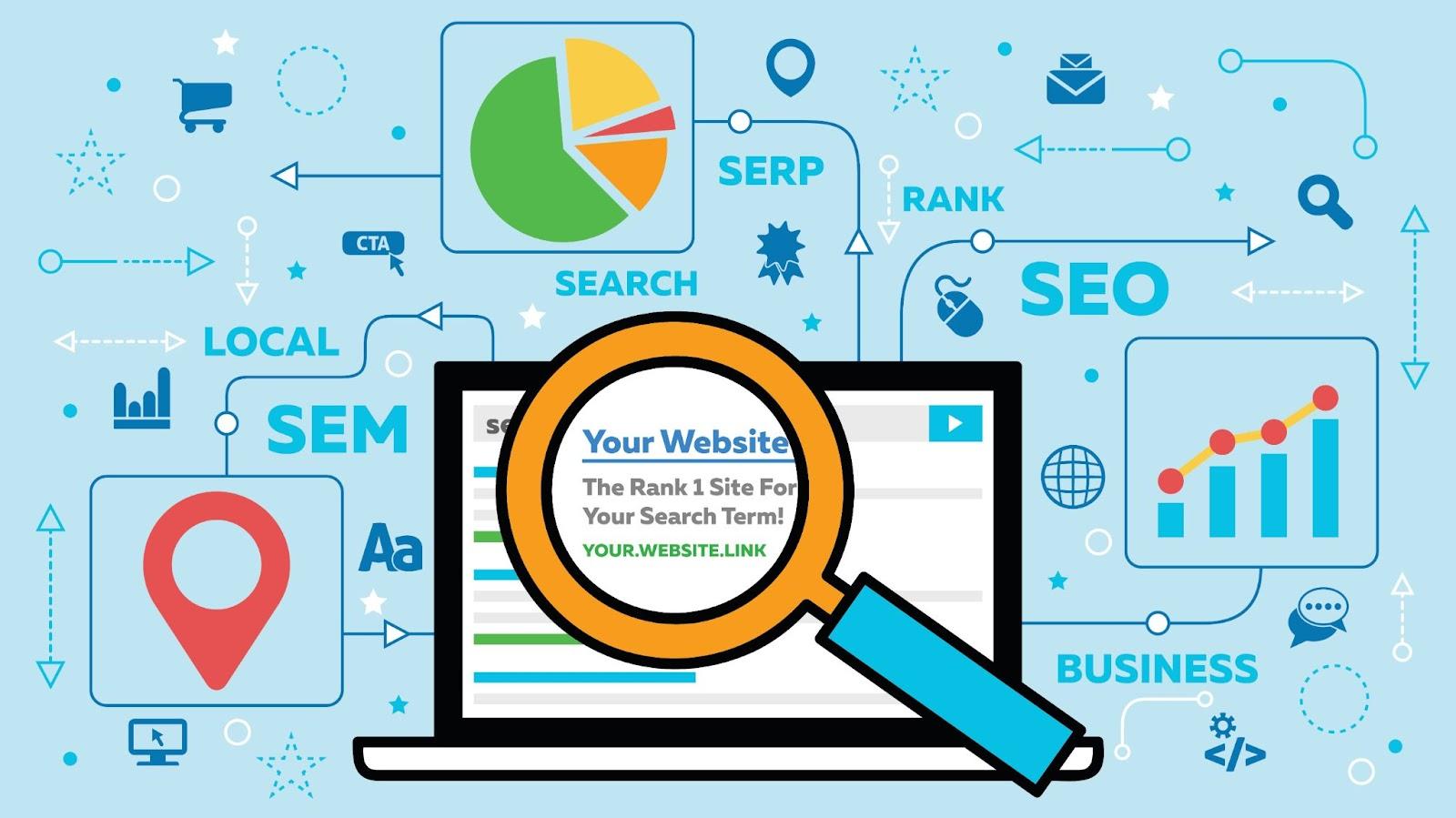
Enhancing Website Visibility: A Comprehensive Guide to SEO and SEM
In today’s digital landscape, having a strong online presence is essential for the success of any website. Achieving high visibility on search engines is crucial, and mastering Search Engine Optimization (SEO) and Search Engine Marketing (SEM) can greatly contribute to this goal. This article aims to provide a detailed exploration of SEO and SEM strategies and how they can elevate the visibility of your website.
1. Keyword Optimization and Content Strategy:
One of the foundational pillars of SEO and SEM is keyword optimization and content strategy. Keywords are the phrases and terms users input into search engines, and optimizing your website’s content to align with these keywords is essential for improving search engine rankings. Conducting thorough keyword research to identify relevant and high-traffic keywords in your niche is the first step. Once you have identified these keywords, strategically integrate them into your website’s content, including titles, headings, meta descriptions, and body text. Additionally, focus on creating high-quality, relevant content that provides value to your audience. Content that answers users’ questions, addresses their pain points, and offers valuable insights not only attracts organic traffic but also encourages engagement and sharing, further boosting your website’s visibility.
2. Technical Optimization and User Experience:
Technical optimization and ensuring an optimal user experience are integral components of effective SEO and SEM strategies. From a technical standpoint, aspects such as website speed, mobile responsiveness, and crawlability play crucial roles in search engine rankings. Optimizing your website’s technical infrastructure involves tasks such as improving page load times, optimizing images and multimedia content, implementing responsive design for mobile devices, and ensuring proper indexing by search engine crawlers. Furthermore, prioritizing user experience is paramount. A user-friendly website with intuitive navigation, clear call-to-action buttons, and engaging multimedia elements not only keeps visitors on your site longer but also signals to search engines that your website provides a positive user experience, thereby improving its ranking potential.
3. Data Analysis and Continuous Optimization:
Data analysis and continuous optimization are indispensable for the long-term success of your SEO and SEM efforts. Regularly monitoring and analyzing website metrics, such as traffic sources, conversion rates, bounce rates, and keyword performance, provide valuable insights into the effectiveness of your strategies. By leveraging analytics tools such as Google Analytics and Search Console, you can identify trends, pinpoint areas for improvement, and refine your approach accordingly. Moreover, embracing a culture of experimentation and A/B testing allows you to test different strategies, analyze their impact, and make data-driven decisions to optimize your website’s performance further. The iterative nature of data-driven optimization ensures that your SEO and SEM strategies remain agile and adaptive to evolving search engine algorithms and user behaviors, ultimately maximizing your website’s visibility and impact.
In conclusion, mastering the principles of SEO and SEM is essential for enhancing the visibility and reach of your website in an increasingly competitive digital landscape. By prioritizing keyword optimization and content strategy, focusing on technical optimization and user experience, and embracing data-driven analysis and continuous optimization, you can elevate your website’s visibility, attract organic traffic, and achieve sustainable growth in the digital sphere. With dedication, strategic implementation, and a commitment to ongoing refinement, SEO and SEM can serve as powerful tools to propel your website to the forefront of search engine results, driving engagement, conversions, and success.


